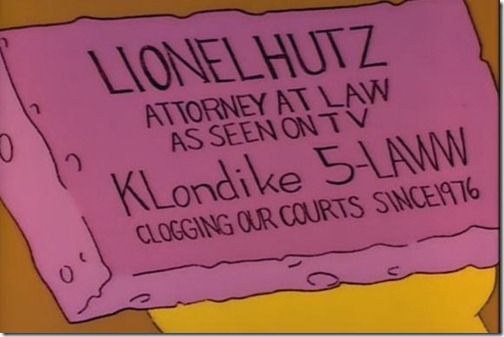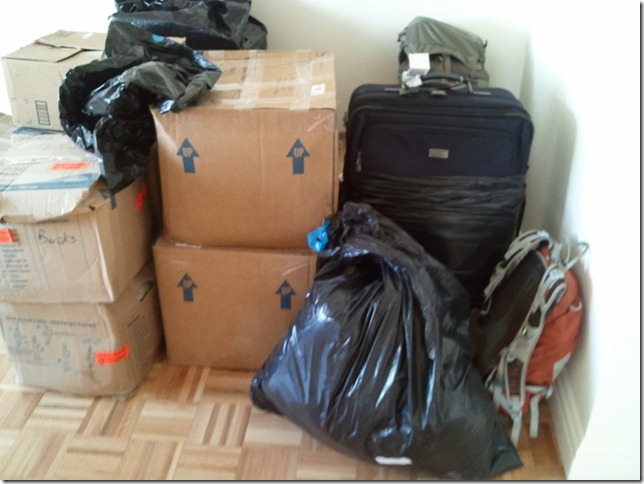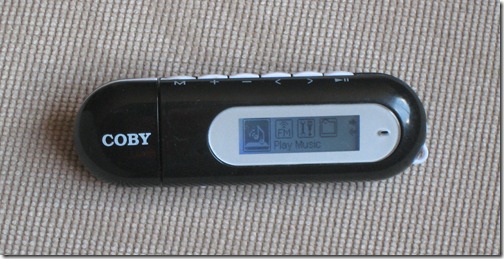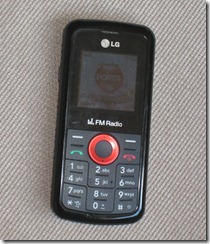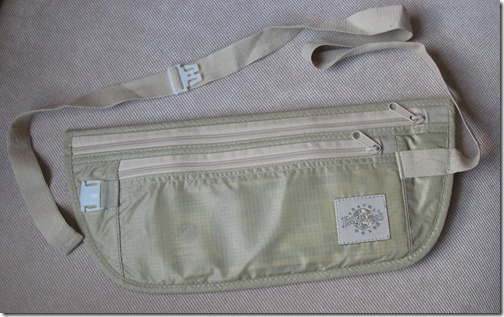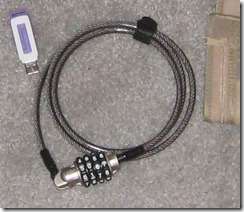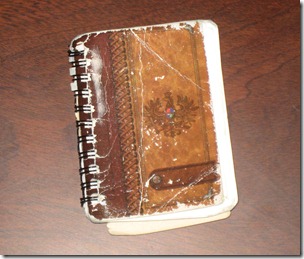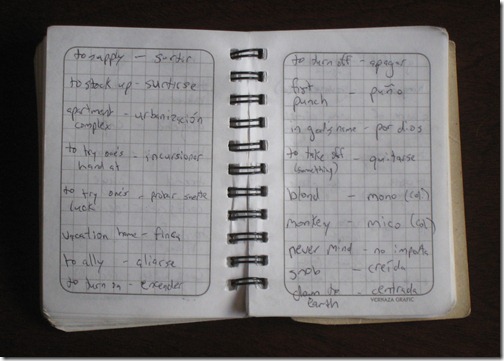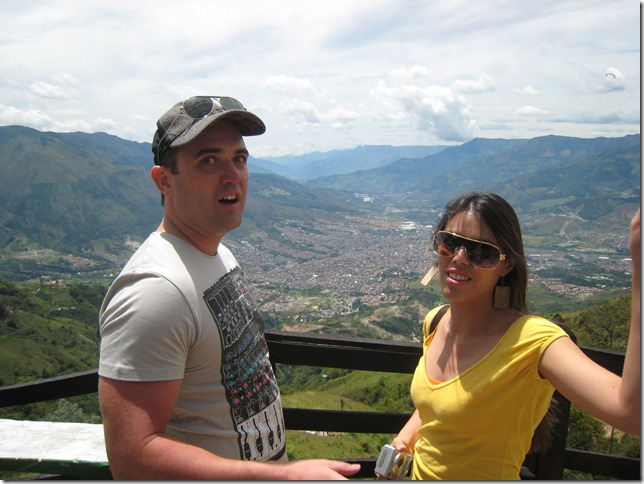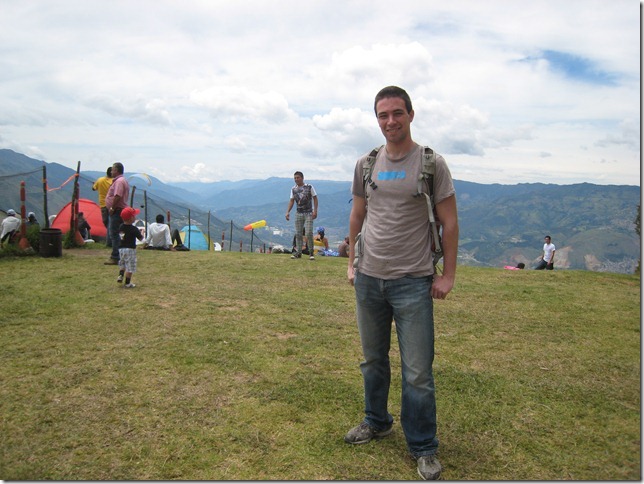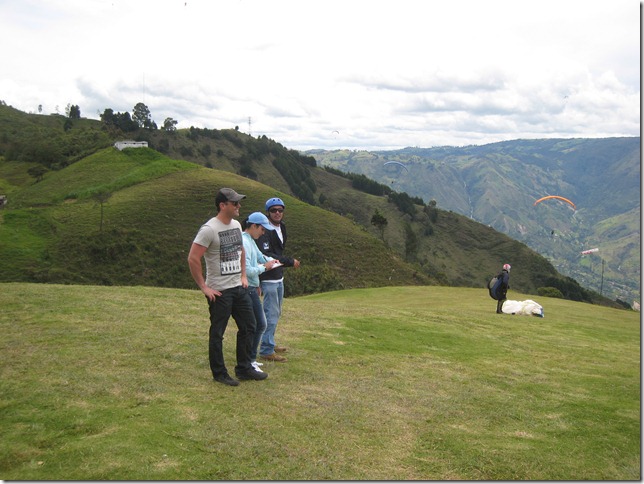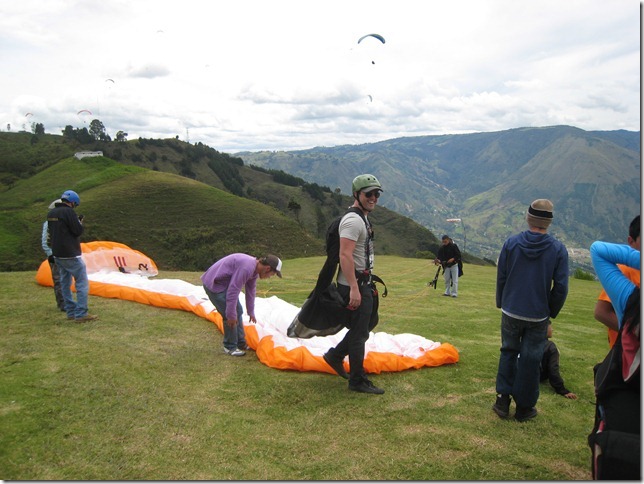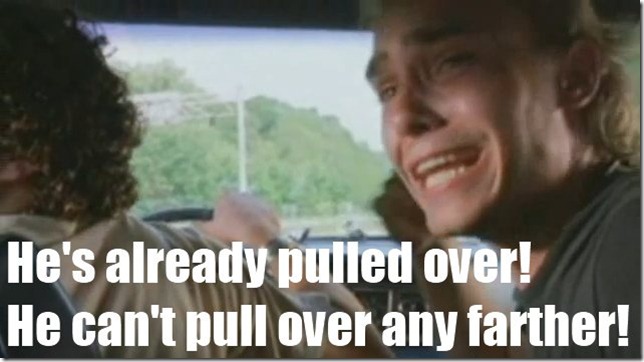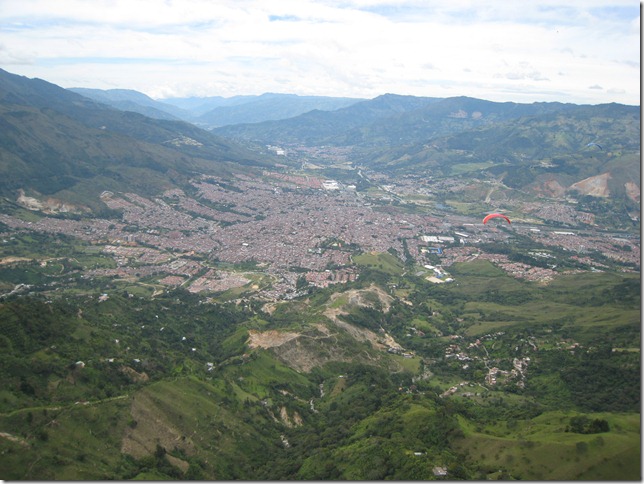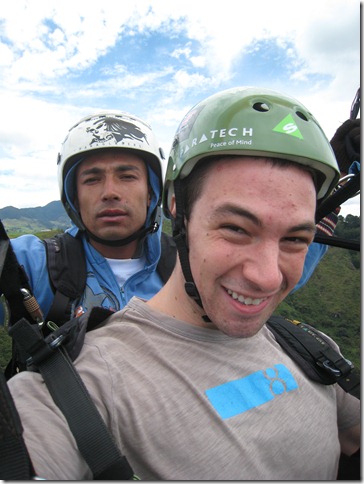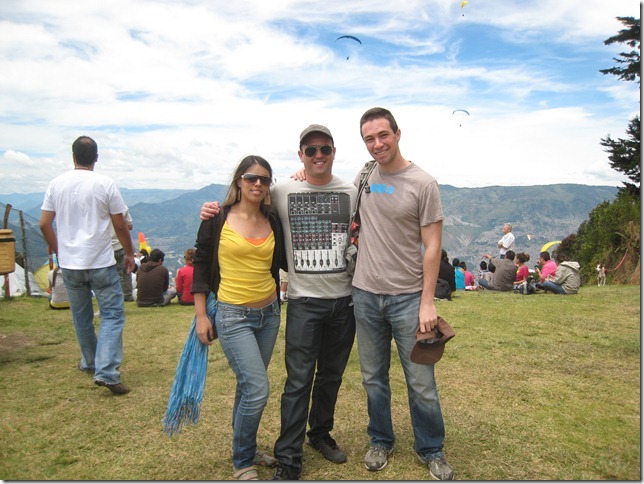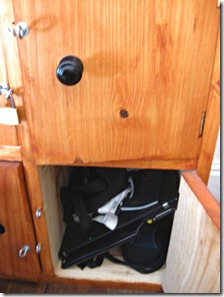I’m home! Today marks two months back in the good ol’ US of A.
The first day back was definitely a big adjustment. I found myself translating things into Spanish before I said them, then realizing I could just say it in English. Driving a car felt awkward and unfamiliar because I hadn’t done it in 8 months. All of this faded pretty quickly, though, and by the second or third day back, I felt like I had never left.
The End of Adventure
The thing I miss most about South America is the constant sense of adventure. When you’re arriving to a new city or whole new country, there’s a lot to figure out, which can be stressful, but it’s definitely exciting. Even when I got comfortable in a city, it was still kind of an adventure carrying out my routine in a foreign place and communicating with people in a language that’s not my own. If I met people socially, the very fact that I was there talking to them was instantly impressive to them. In the US, it can take people I meet up to two whole minutes to realize how excited they should be that they’re talking to me.
Return to Order
Before I came back, I was looking forward to how ordered and organized everything is in the US. In a lot of South America, it generally felt like you were on your own in terms of structure and safety. Did you fall and break your leg in that giant hole in the sidewalk? Too bad. No lawsuit for you. Did you get scammed because there are crooks in the immigration office posing as government employees? That’s on you, too.
In the US, things are definitely a lot more ordered and there is more accountability, but I realized that when I was in South America, I was remembering a romanticized version of the US where everything is super efficient and organized. In reality, there’s a lot in the US that’s backwards and messy. I was immediately confronted with this when I landed in Ft. Lauderdale and had to stand in different lines for 2 hours straight just to get through passport control, customs, and security. Finding an apartment in Manhattan was such a backwards, convoluted process that I know if I had gone through it while still in South America, I’d have thought to myself, “This would never happen in America!”
Even so, I have a newfound appreciation for the fact that there’s a lot that you can rely on in the US. Like how official cabs are easy to distinguish from unofficial cabs and your chances of getting robbed by your cabbie in Manhattan are infinitesimal. Or how it’s pretty rare for a cop to shake you down for a bribe when you haven’t done anything wrong.
Oh, I Recognize That You’re Weird!
I got a haircut last week, during which the following things happened:
- The barber gave all the customers free shots of vodka.
- A woman came in trying to sell trinkets and the barber kindly asked her to come back when she was selling porn.
- A guy came in to show the barber his airsoft rifle, which had been painted to look like a real assault rifle. The barber had his friend point the rifle at him so he could post the pictures to facebook.
Aside from this being a pretty fun haircut, the nice thing about being back in the US was that I can identify all these things as unusual. If this had happened in Argentina, I’d be really confused and have to ask around “Do people normally sell door-to-door porn? Is running into a barber shop in the middle of the day with what appears to be an assault rifle dangerous here?” It’s really nice to just be back on home turf where I know what passes for normal behavior and what doesn’t.
I Have Too Much Stuff
I was really looking forward to being reunited with all my stuff, which had been in storage in my mom’s basement for the previous 8 months. I’d forgotten what was in a lot of the boxes and I was excited to open them up and see what was inside. It was like a mini time capsule to myself.
When I opened it up, I actually found it more exhausting than anything else. Here’s a bunch of stuff I hadn’t needed for the last 8 months and probably don’t really need at all, but now here it all is and I have to figure out what to do with it. Which brings me to an obvious and clichéd post-backpacking realization: I don’t need to have a lot of stuff.
I’m not at the point where I think all material possessions are evil and must be renounced, but I did realize that a lot of my possessions are things that don’t make me happy to own, but I have them because they’d make me sad to throw away. Things like old souvenirs, cute presents from years ago, middle school t-shirts. I realized if I could go 8 months forgetting that I owned this stuff at all, I could safely get rid of it. I think in general my trip has made me want to minimize the amount of stuff I own. Then again, I’m only two months back. I could very well have a commemorative Jersey Shore dish set by this time next year.
Financial Independence
The biggest thing I’ve taken away from my trip is that financial independence is great! The entire time I was traveling, I was constantly thinking, “This is how it should always be.” Not waking up to an alarm on insufficient sleep, not sacrificing most of your waking hours to a job, just doing what you want when you want to.
Obviously it’s not easy to make this happen because you do sort of need a job so that you can eat and pay for things. When traveling, you’re a lot more likely to meet people who have figured out some sort of sustainable means of financial independence, so the possibility of living without a job seems more realistic. Some people have it arranged so that they have to work hard for a while then they can relax for a while. Other people have figured out ways of making money that are mostly passive and only require a few hours of work per week to maintain. This seems to be the way to go and after traveling I’m much more motivated to build up sources of passive income so that I can eventually live off of that.

Note to potential employers: if you’ve found this blog, I’m just kidding. I’ll be your wage slave forever. I love working!
Going Forward
While traveling, one of the ways I spent a lot of my free time was working on a software project. It’s not a revolutionary product or anything and I don’t expect it to be a wild hit that will make me millions. It’s a simple program that I originally wrote as a tool for myself and then cleaned it up to be a commercial product. I’m selling it mostly for the experience of taking a piece of software from concept to deployment on my own.
When I run out of money and am forced to return to the normal workforce (ETA: end of 2011), I’m planning to look into a job in sales. I still love software (which might come as a surprise after me just telling you I spent most of my travel time writing software), but I’ve been interested in trying sales for a while and I’d like to try it.
That’s all for the blog! Thanks to everyone for following along. I hope you had as much fun reading it as I do in constantly re-reading it and imagining I’m still traveling.

